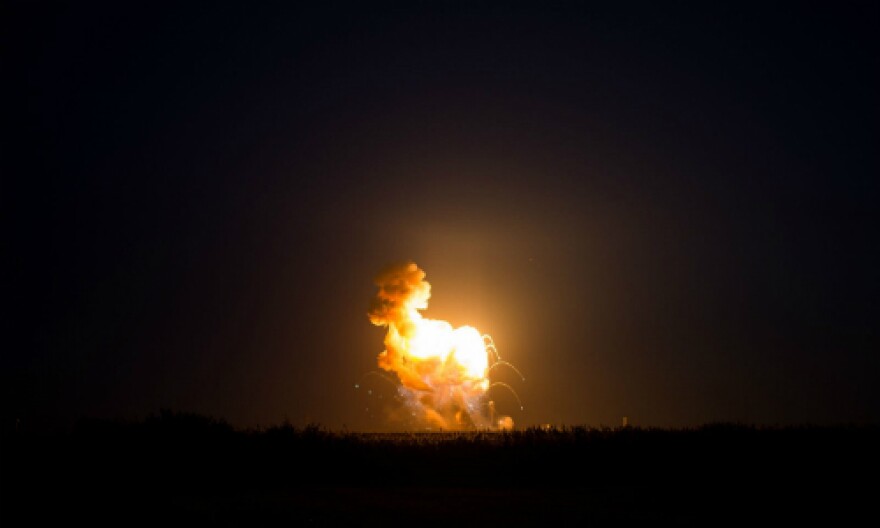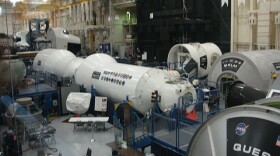Tuesday night's explosion of a rocket bringing fresh supplies to the International Space Station destroyed valuable cargo and a number of scientific experiments -- including one from students at a Rockwall middle school.
The Antares rocket from Orbital Sciences Corp. was supposed to deliver the payload for NASA to the space station. It burst into a fireball seconds after liftoff in Virginia.
Onboard were several student experiments from Texas:
- Eighth graders from Williams Middle School in Rockwall crafted an experiment to better understand human cancer cells by studying how microgravity affects yeast cell division.
- A project from the Duchesne Academy of the Sacred Heart in Houston was designed to study pea shoot growth, believed to be a potential source of food in space due to the plant's rapid growth on Earth. "The amount of learning that occurred as a result of being part of this program through the Center for the Advancement of Science in Space (CASIS) is incredible and the students and their teachers, Kathy Duquesnay and Susan Knizner should always be proud of this accomplishment," school administrator Tony Houle said in a statement.
- The Cristo Rey Jesuit College Preparatory School in Houston had two experiments on board aimed at monitoring the affects of microgravity on lipids and slime mold.
- Howsman Elementary and Hobby Middle schools in San Antonio worked together on a project studying how gravity affects Sodium Bicarbonate crystals in space - and how the lack of gravity might increase crystal growth.
Also onboard: a study led by Michael Fortenberry of the Southwest Research Institute in San Antonio, focusing on using high-resolution video and image stills to study the composition of meteoroid dust
NASA and officials from Orbital Sciences Corp. are investigating the incident. They hope debris will lead to answers to what caused the explosion.






